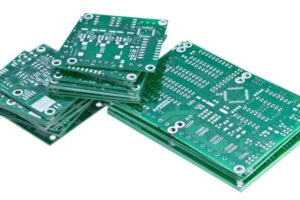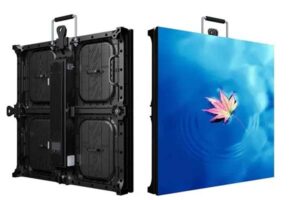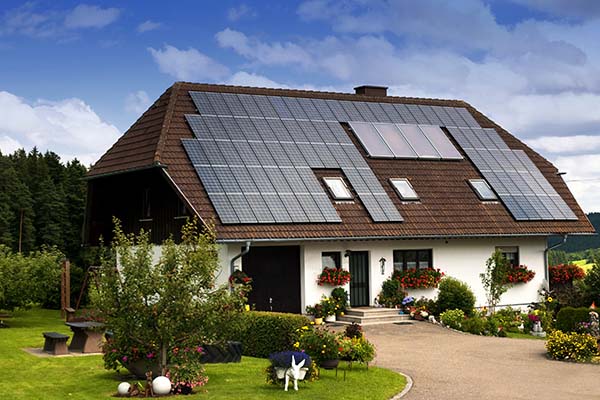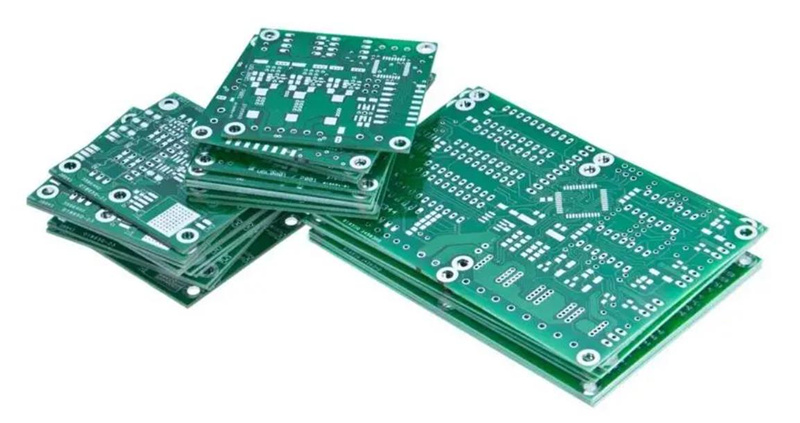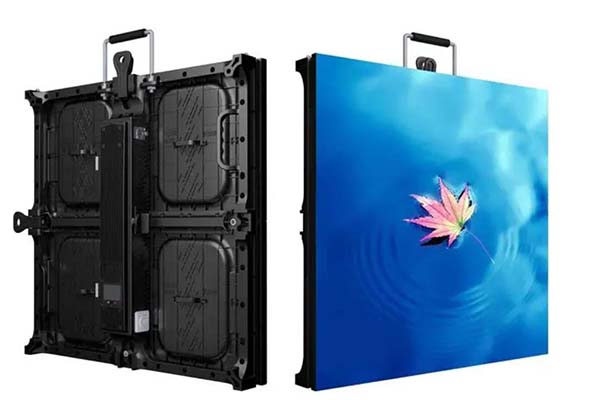As the world moves towards sustainable energy solutions, many individuals are exploring the possibility of powering their appliances using solar energy. One common question is how many solar panels are needed to power specific appliances. In this article, following a few simple steps, you can estimate the number of solar panels needed to meet your refrigerator’s power requirements.
Step 1: Determine the Rated Power of Your Solar Panels:
Photovoltaic (PV) systems are available in various sizes and capacities, and determining the number of panels needed to power a refrigerator or any other high-wattage appliance depends on several factors:
Total electricity consumption: If you want to power more than just a refrigerator simultaneously, you need to consider the overall electricity consumption.
Solar panel power production: The power output of solar panels is influenced by factors such as available sunlight, panel angle and positioning, panel efficiency, type of panel (e.g., monocrystalline, polycrystalline, thin film), and temperature. Real-world production may differ from the rated power, representing the maximum output under ideal conditions.
For example, EcoFlow’s 400W solar panel has an average real-world output of about 80% of its rated power, producing around 320W of electricity per hour.
Starting and running wattage requirements of the refrigerator (and other appliances): To determine the number of panels needed, you must know the power requirements of the refrigerator and any other appliances you intend to operate simultaneously.
Peak sunlight hours in your location: The duration of peak sunlight hours in your area affects the total energy production of your solar panels. Assuming 4-5 hours of peak sunlight, a 400W solar panel will generate approximately 1.6 to 2.4 kWh of electricity per day.
It’s important to note that these calculations provide estimates, and the actual output may vary based on peak sun hours and other environmental factors.
Step 2: Determine the Power Consumption of Your Refrigerator:
Refrigerators are known to be power-intensive appliances due to their continuous operation. However, the power consumption of refrigerators can vary depending on factors such as the model and size.
Newer refrigerator models often incorporate energy-efficient features, reducing their power consumption compared to older models. Additionally, larger refrigerators, such as full-size ones, generally require more power to operate compared to smaller options like mini-fridges.
When determining the number of PV panels needed to power your refrigerator reliably, it is crucial to consider whether it is running and starting wattage.
To calculate the electricity consumption of your refrigerator, follow these steps, which can be applied to any electrical appliance:
Determine the starting and running watts of your refrigerator. You can usually find this information on the manufacturer’s label attached to the appliance. If not, refer to the product manual or the manufacturer’s website.
Pay close attention to the running watts, representing the appliance’s continuous power consumption. Since most fridges operate continuously, the running watts provide the clearest estimate of overall consumption. However, any off-grid power source you connect your fridge to, whether it’s solar or a gas generator, must be capable of delivering a short burst of the starting wattage to initiate the fridge’s operation. Failure to do so will prevent the fridge from starting.
It’s worth noting that watts/kilowatts (W/kW) indicate the power required by an appliance to start and run. Electricity consumption over time is measured in watt-hours/kilowatt-hours (Wh/kWh). kWh is a unit commonly used in electricity bills.
Once you have determined the running watts of your fridge, calculating its daily electricity consumption in watt-hours or kilowatt-hours is simple:
Running Watts (W/kW) x Hours of Daily Operation (H) = Total Daily Consumption (Wh/kWh)
For example, let’s assume your fridge consumes 300W of electricity per hour, and you want it to run 24 hours a day:
300W x 24H = 7200Wh/7.2kWh per day
To power this 300W fridge for 24 hours a day using solar power alone, your PV system needs to generate a minimum of 7.2 kWh per day. It is advisable to purchase a PV array that exceeds your expected power requirements by at least 10%.
Step 3: Calculate the Number of Solar Panels:
To determine the number of PV panels needed to sustain the continuous operation of a 300W refrigerator using solar energy, you can follow a simple calculation. Divide the appliance’s daily electricity consumption (kWh) by the estimated daily electricity generation capacity of your solar panel system.
Let’s consider the example of EcoFlow’s 400W portable solar panel, which can produce approximately 2 kWh of electricity per day. Suppose the refrigerator requires 7.2 kWh of electricity to operate 24/7.
By dividing the energy required by the energy produced, you can find the number of solar panels needed. In this case:
2 kWh (PV Panel Daily Production) / 7.2 kWh (Refrigerator Daily Electricity Consumption) = 3.6
Based on this calculation, you would require approximately four units of 400W portable solar panels to generate enough electricity reliably and power your refrigerator solely using solar energy.
Keep in mind that the assumed power generation capacity of the solar panel is a rough estimate. For a more accurate assessment, factors such as the average number of peak sun hours in your location and other considerations mentioned above should be taken into account.
Final Thoughts:
Powering your refrigerator with solar energy is not only environmentally friendly but can also help reduce your electricity bills in the long run. By following the steps above, you can estimate the number of solar panels needed to meet your refrigerator’s power requirements. However, consulting with a professional solar installer who can assess your specific energy needs and provide tailored advice is crucial.
